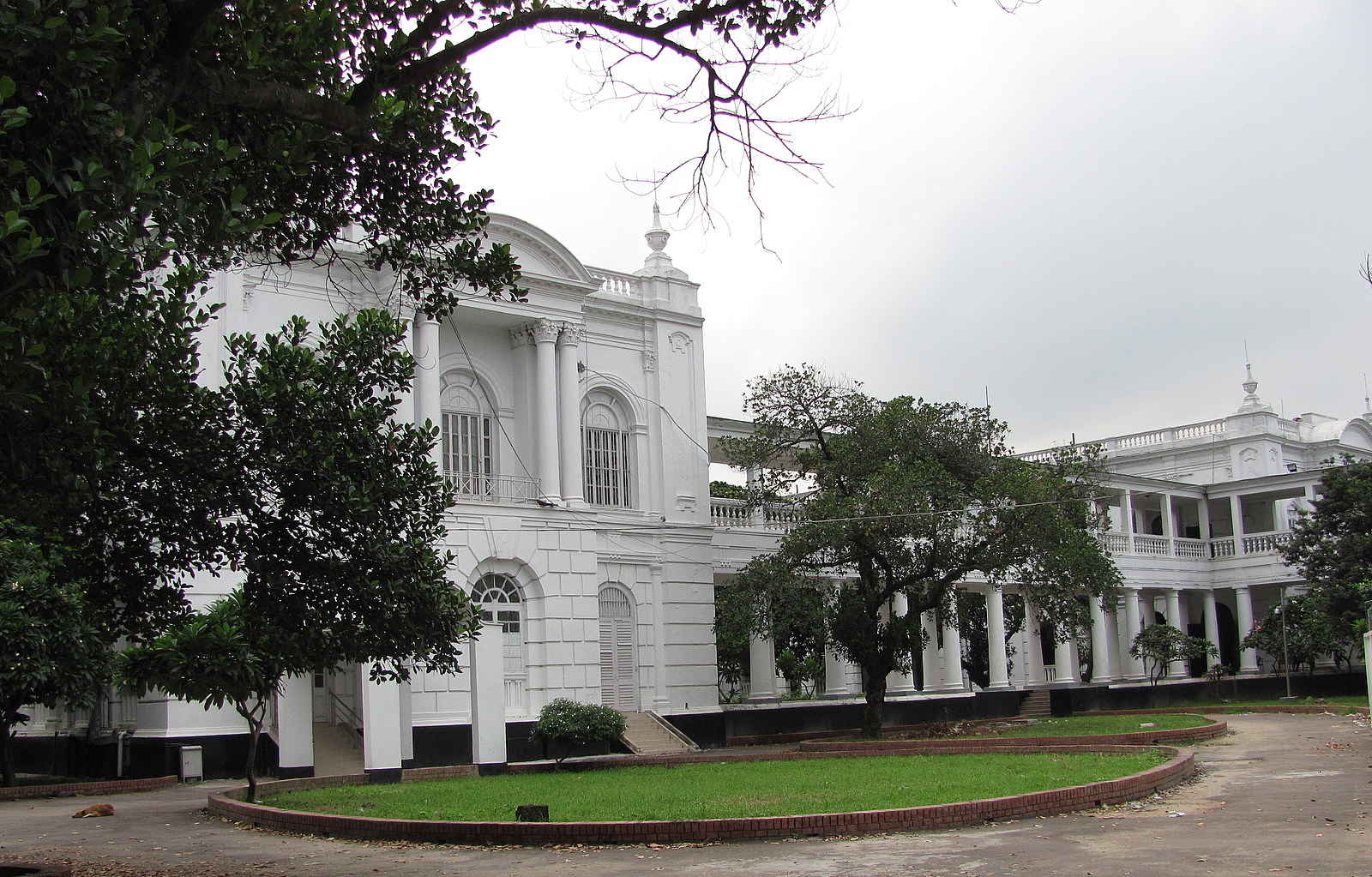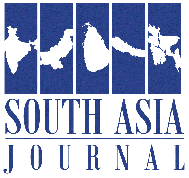
The Appellate Division of the Supreme Court of Bangladesh is the highest court of country. It also serves as the appeals chamber of the International Crimes Tribunals of Bangladesh. And it is in this capacity, the Appellate Division carried out some of the worst injustices in executing opposition politicians on the basis of false and fabricated evidence. Often times this evidence was created by the Appellate Division itself. Today, I intend to discuss the judgment of the Appellate Division in the appeal filed by Maulana Motiur Rahman Nizami against his death sentence. Here, the Appellate Division was responsible for manufacturing evidence to ensure his execution.
The leading judgment in Maulana Nizami’s case was delivered by Justice Nazmun Ara Sultana, with concurrence from the other Appellate Division judges, including Chief Justice S. K. Sinha. Justice Nazmun Ara Sultana, known for her groundbreaking career as the first female judge of the High Court and Appellate Division, played a controversial role in this case. Her judgment revealed how the Appellate Division disregarded significant discrepancies in the prosecution’s evidence and even fabricated explanations to secure the execution of political opponents. This reflects a disturbing chapter where the judiciary acted as a facilitator of politically motivated convictions. Only a few judges of the Appellate Division at the time demonstrated the integrity and courage to dissent against such injustices.
In delivering the leading judgment in the Nizami case, the Justice Nazmun Ara Sultana had to deal with an important challenge by the defence regarding the evidence given by Prosecution Witness No. 8, Mohammad Khalilur Rahman. This witness claimed to have seen Maulana Nizami on 28 November 1971 around 3:00 AM with the help of moonlight. But the defence presented a Bengali calendar from 1971 titled “evsjv 1378 mv‡ji cwÄKv Mbbvq DËg wmsn” which proved that on the night in question, the moon had actually set at 1:23 AM, making it impossible for there to have been moonlight at 3:00 AM. However, the Appellate Division needed the deposition of this witness to be true so it provided an alternative explanation and reasoned that the witness might have seen Maulana Nizami by other means, possibly with the help of a lamp carried others.
The Appellate Division also reasoned that the witness may have failed to mention the matter of the light being carried by others in his deposition. So not only did the Appellate Division manufacture evidence about the nature of the light source but also crafted an explanation as to why the light source was not referred to in the evidence of the witness. It did not bother the Appellate Division that none of the other witnesses had spoken of a lamp or other light source being carried at the time. It created this evidence solely for the purpose of convicting Maulana Nizami and executing him.
Another aspect of the evidence of the same witness, which was not credible, but readily believed by the Appellate Division was that the witness had climbed up a banyan tree at 3.30 a.m. on seeing Maulana Nizami and had remained there till dawn. This would have required the witness to remain in the tree for several hours. Climbing and remaining hidden in a tree in darkness (with no moonlight) would have been challenging and potentially dangerous and hence extremely unlikely. Thus, despite multiple discrepancies in the accounts of this prosecution witness, the Appellate Division relied on his testimony to sentence Maulana Nizami to death.
The handling of Prosecution Witness No. 13, Shyamoli Nasrin Chowdhury’s evidence by the Appellate Division is a study in absurdity. Despite glaring inconsistencies, her testimony was accepted primarily based on her societal status rather than its evidentiary reliability. Previously, in TV interviews and in her book “71 Gi knx` Wv. Avjxg †PŠayix,” detailing her husband Dr. Abdul Alim Chowdhury’s tragic death, she made no mention of Maulana Nizami’s involvement. When cross-examined, she alleged that TV channels edited out her references to Nizami—a conveniently unverifiable excuse.
She further claimed to have read in newspapers from 1971 that Maulana Nizami was the founder and high command of the Al-Badr Bahini, yet she failed to produce these newspapers at trial. Her testimony, based on unexhibited secondary sources, raised questions about its reliability. Instead of addressing these contradictions, the court justified acceptance of her claims, declaring her as “a most respectable person of the society.”
The credibility issues surrounding Shyamoli Nasrin Chowdhury are staggering: no actual newspapers were presented, significant omissions in prior accounts went unexplained, and her TV-editing justification defied scrutiny. Yet, the court overlooked all of this, prioritizing her perceived societal respectability over hard evidence. This underscores how subjective judgment, rather than objective proof, distorted the pursuit of justice.
One major inconsistency that the Appellate Division glossed over concerned Prosecution Witness No. 14, Md. Abdus Selim Latif’s testimony about seeing Maulana Nizami at Nagarbari army camp. This witness testified that on 15 August 1971, he saw Maulana Nizami at Nagarbari army camp talking to an army officer. However, a prosecution document (a news report from the Daily Sangram dated August 17, 1971) showed that Maulana Nizami was delivering a speech at a public meeting in Dhaka on August 15, 197i. Nagarbari army camp was 200 kilometers away from Dhaka. This created a physical impossibility as it would have been impossible for Nizami to be in two places at once. Further, given the distance (200 kilometers) and the transportation limitations of 1971 Bangladesh, it would have been practically impossible for him to be both delivering a speech in Dhaka and meeting with army officers at Nagarbari camp on the same day.
The Appellate Division’s explanation for glossing over this significant contradiction was remarkably weak. The Court’s Justification was that the P.W. 14 did not claim that the said day was exactly 15 August 1971, rather he stated that ‘probably’ (m¤^fZ) it was 15 August 1971. The explanation offered by the Appellate Division appears to be a convenient way to avoid addressing a serious contradiction that impacted the overall credibility of the witness’s testimony. The Appellate Division did not apply the well-established test of beyond reasonable doubt in convicting Maulana Nizami. This was a significant weakness in the court’s reasoning and suggests a selective approach to evaluating evidence that favoured the prosecution’s narrative.
The Appellate Division’s handling of Maulana Nizami’s case exemplifies the disturbing misuse of judicial authority to secure politically motivated executions. By relying on fabricated evidence, ignoring glaring inconsistencies, and even inventing explanations to fill evidentiary gaps, the court betrayed its obligation to impartial justice. From improbable timelines to unverifiable testimony, the then Appellate Division prioritized convenience over truth. Its dubious role in orchestrating these convictions highlights a stark failure to uphold the principles of fairness and due process, casting a shadow on the judiciary’s credibility and integrity.
